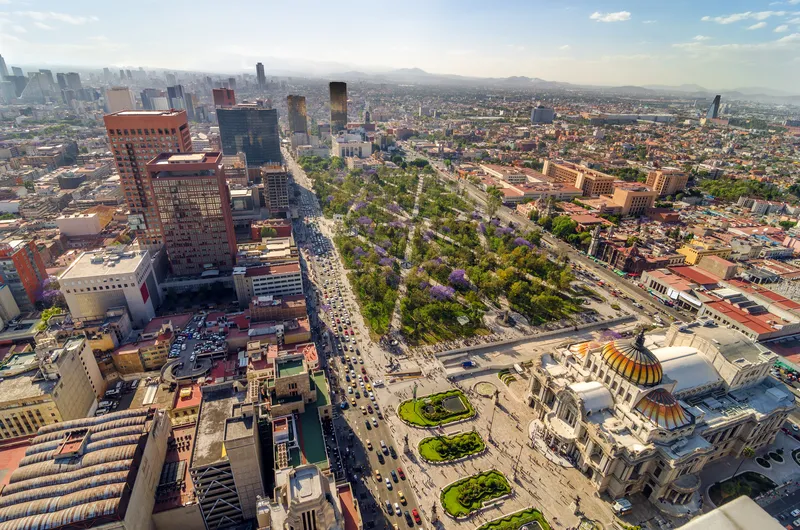The TRB Annual Meeting program covers all transportation modes, with sessions and workshops addressing topics of interest to policy makers, administrators, practitioners, researchers, and representatives of government, industry, and academic institutions.

5th January, 2025 - 9th January, 2025
Event Organizer
National Academies Sciences Engineering Medicine
Event Location
Washington, D.C.








